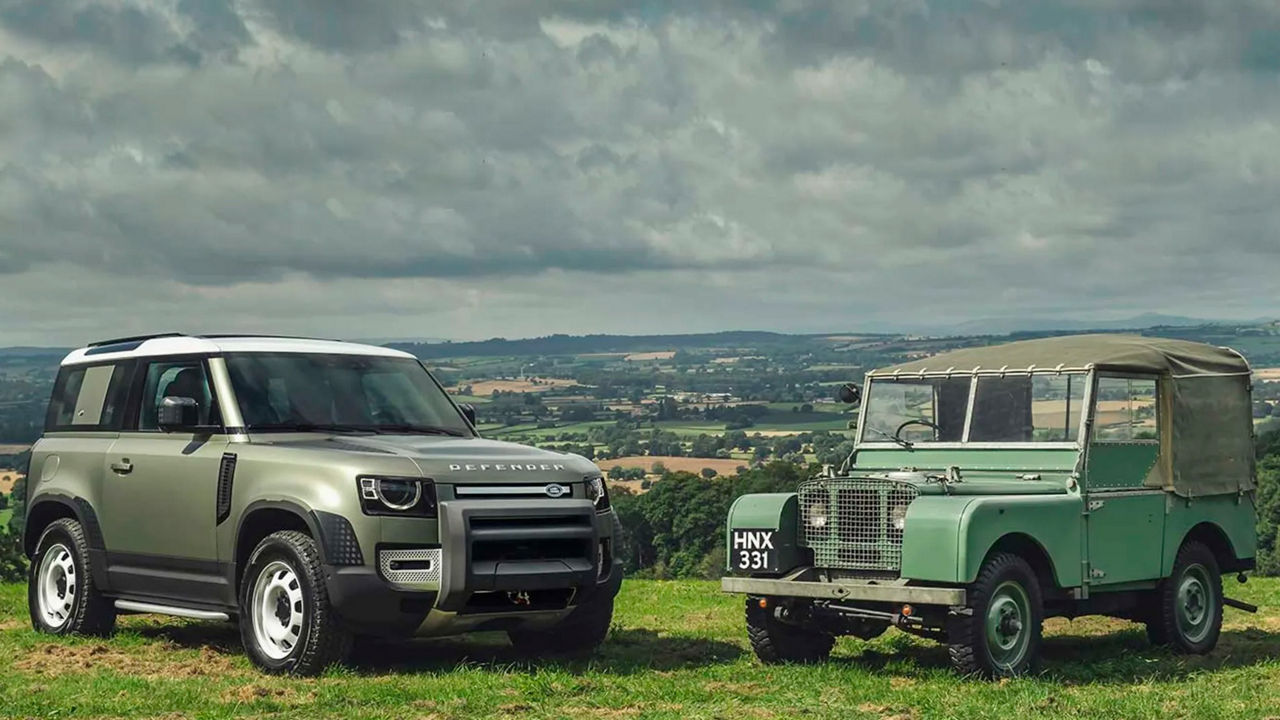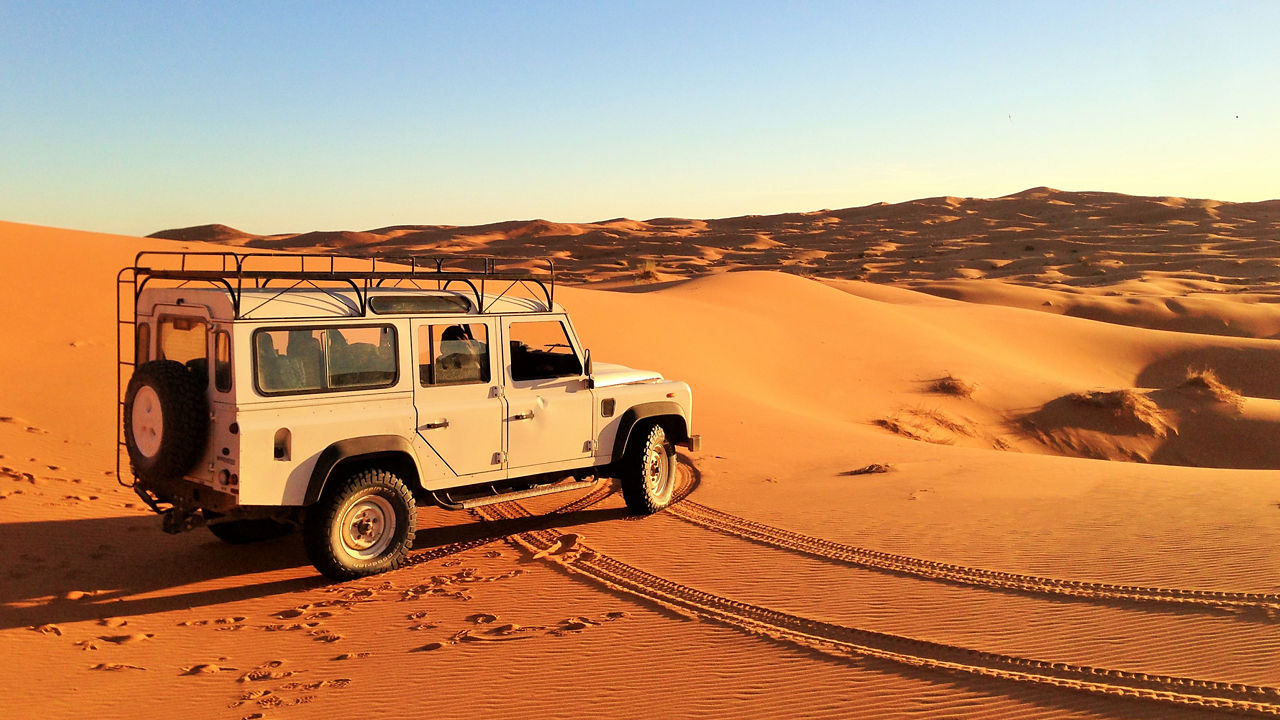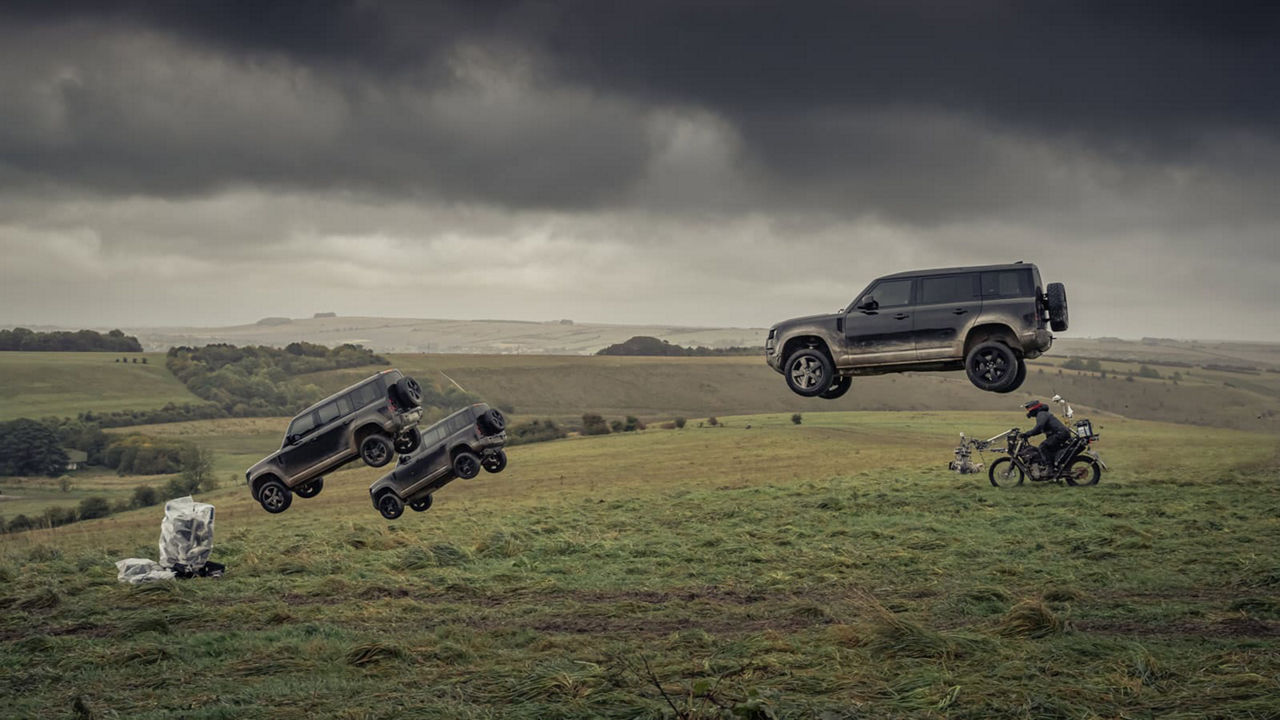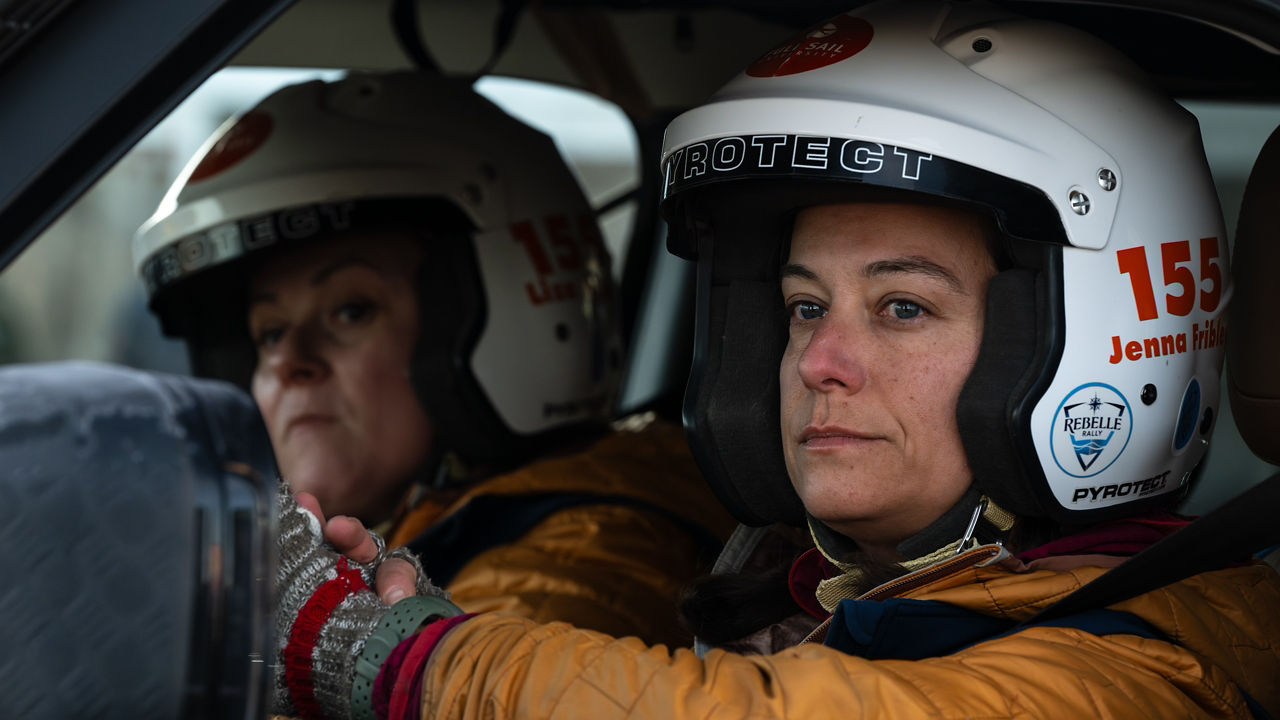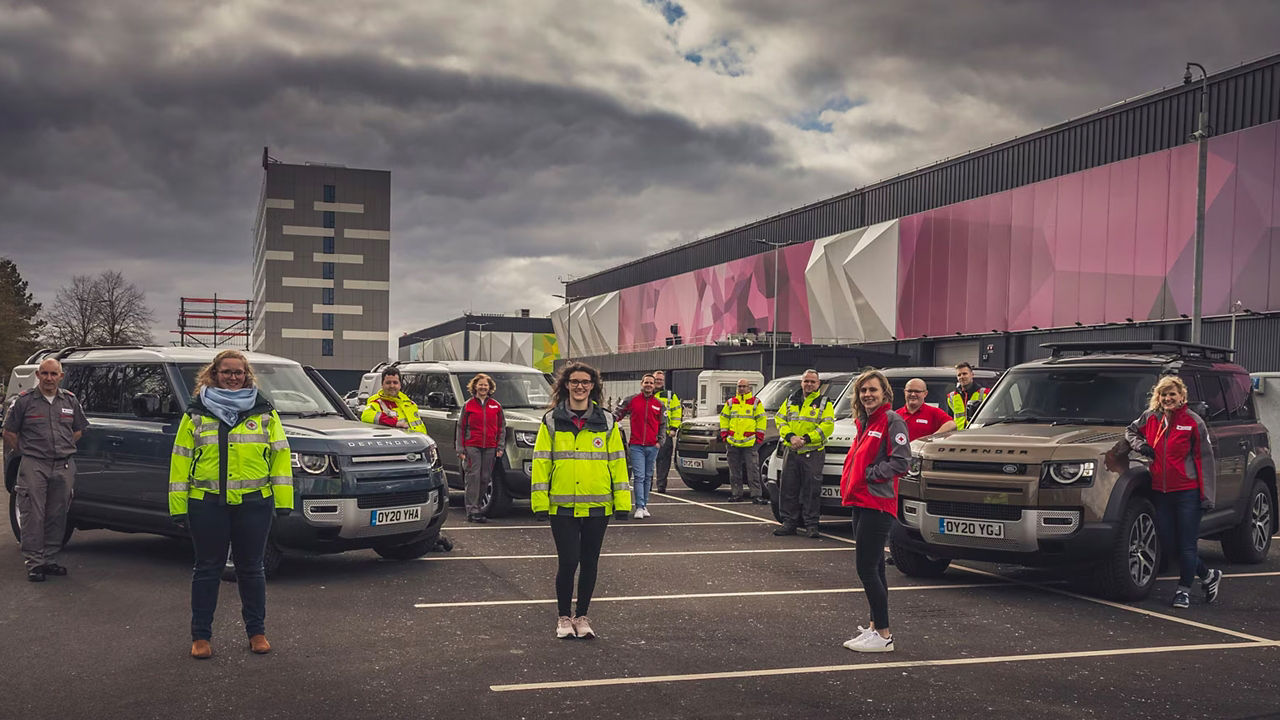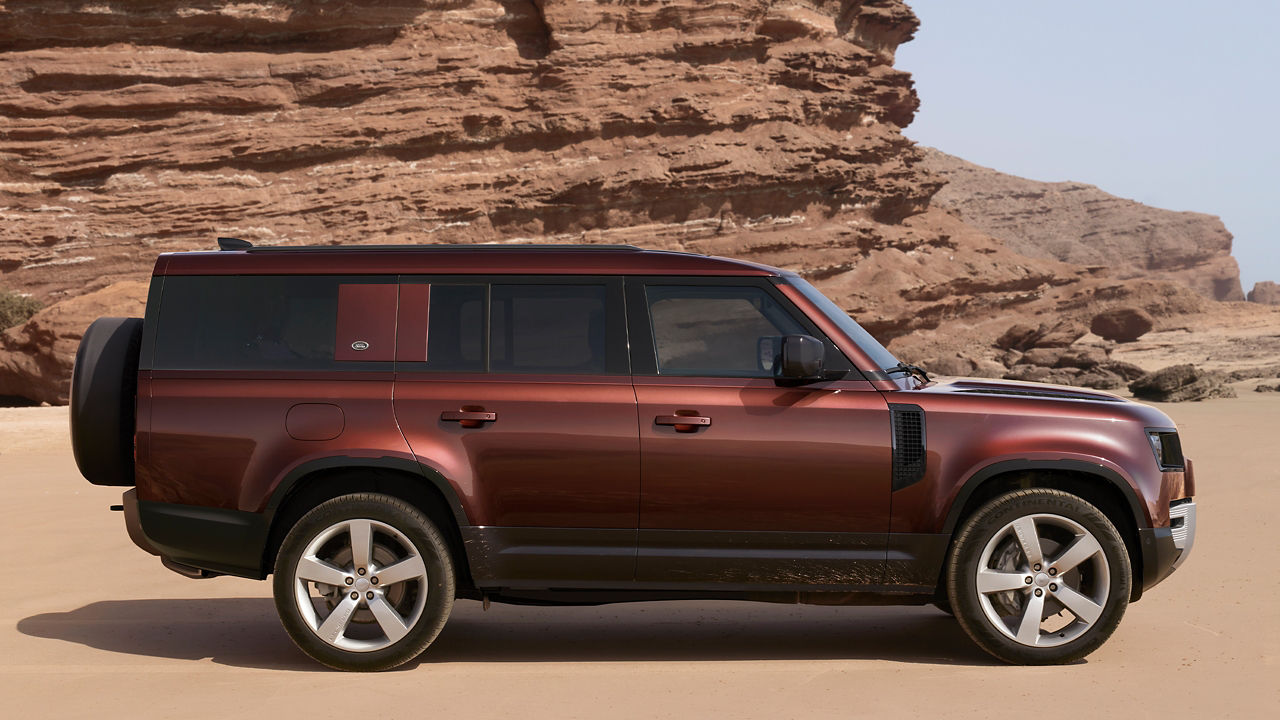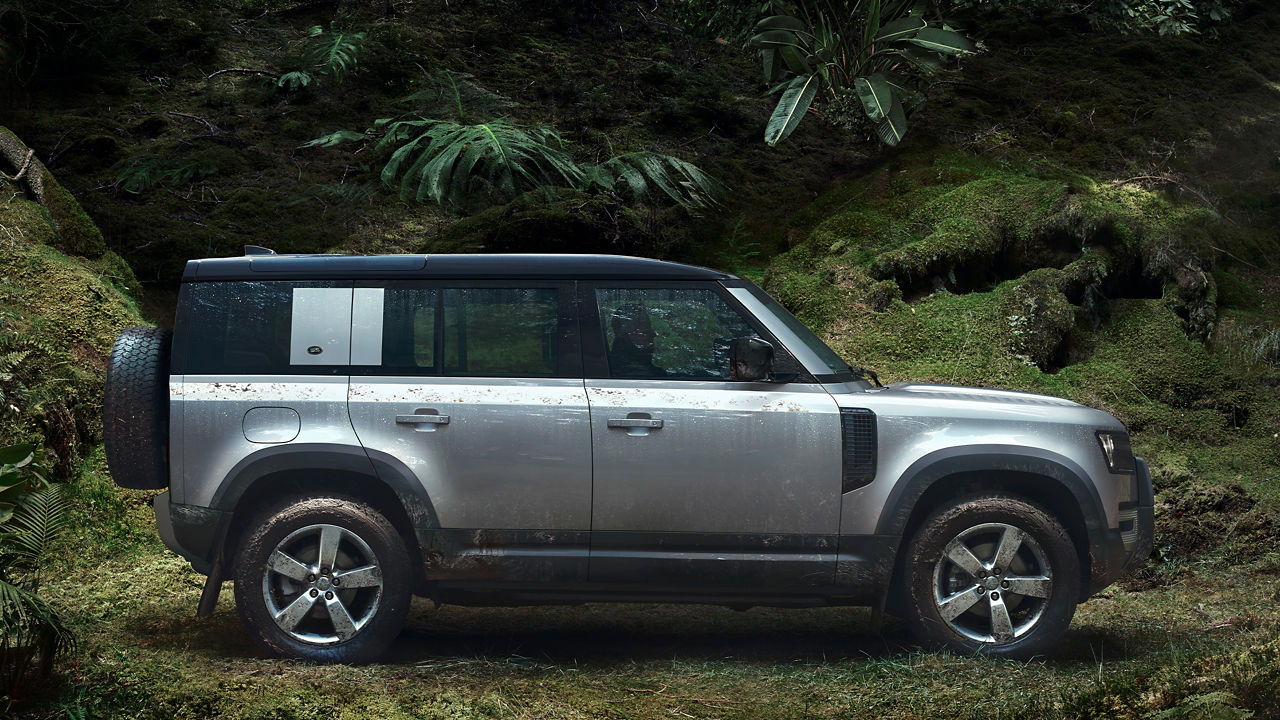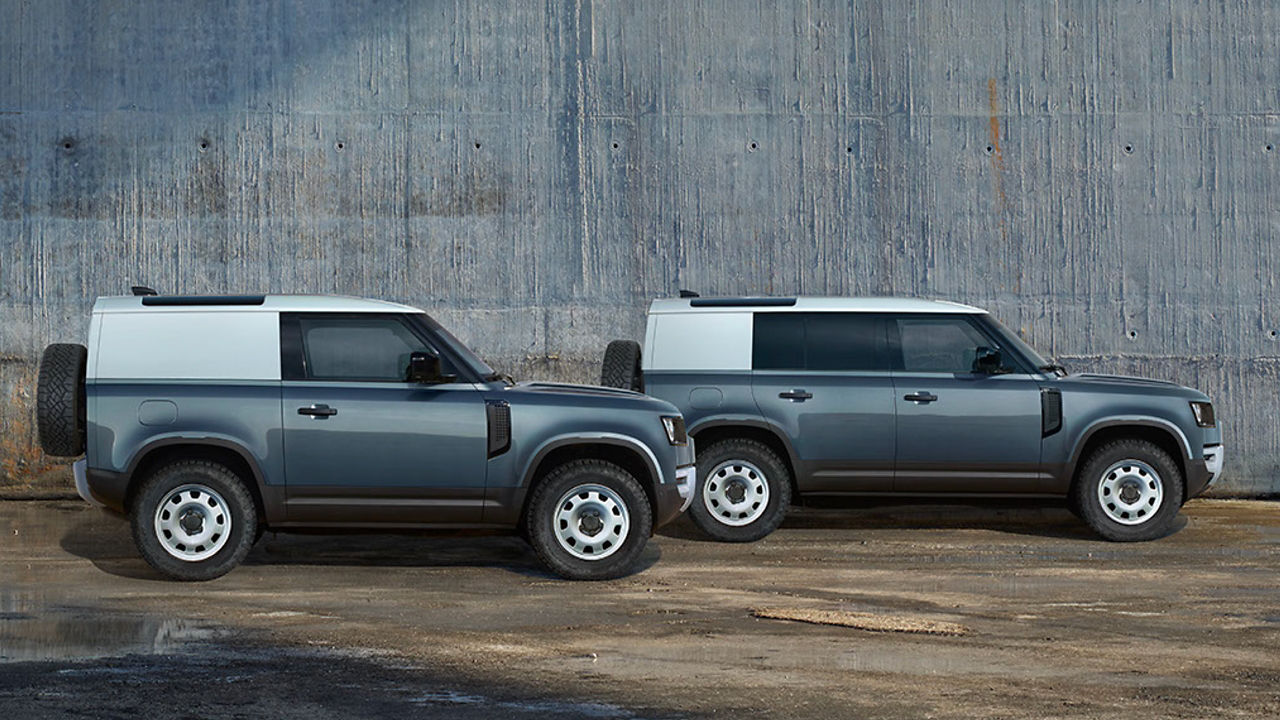Defender embraces the impossible. Purposefully designed, highly desirable and seriously durable, it’s a modern-day hero that respects its past but at the same time anticipates the future.
The world’s first successful civilian 4x4, it has defined a world it helped change – opening up new horizons for adventure, work and humanitarian action on every continent.
Defender roams our cultural landscape too. It has carried royalty on tours worldwide and been at the heart of the action with some of cinema’s biggest stars.
Two men made all this possible – the visionary Wilks brothers. Spencer Wilks was managing director of the Rover Company and Maurice the chief engineer who always looked ahead.
The Defender story begins at Red Wharf Bay, on the Welsh isle of Anglesey. Maurice Wilks traced an outline in the sand of what was to become one of the greatest of all vehicles.
In 1948, just a year later, the completed Land Rover was revealed to the world. A unique piece of industrial design, it was engineered to be capable with lightweight aluminium panels, very short overhangs and, crucially, selectable four-wheel drive.
On all but the earliest models, levers with red and yellow knobs on the transmission reduced the change between two- and four-wheel drive to a simple procedure that worked in any situation. This is the ancestor of the unique Terrain Response system of today’s Defender.
Within months the Wilks’s creation was on sale around the world. Soon it began to travel with British royalty. The very first State Review Land Rover, with its custom-designed rear platform, was used to greet crowds during Queen Elizabeth II and the Duke of Edinburgh, The Prince Philip’s first Commonwealth tour in 1953.
Throughout her long life, Queen Elizabeth II was often seen behind the wheel of a Defender on the Royal estates, where Defenders continue to serve the Royal Household.
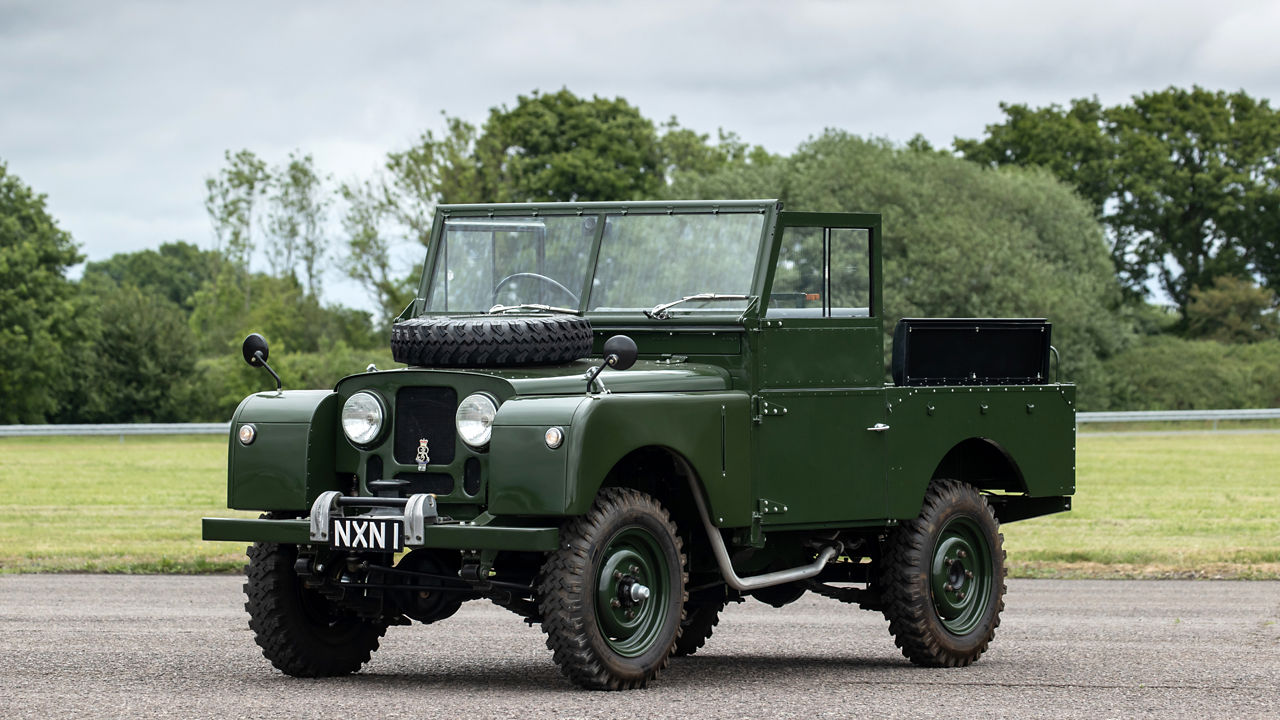
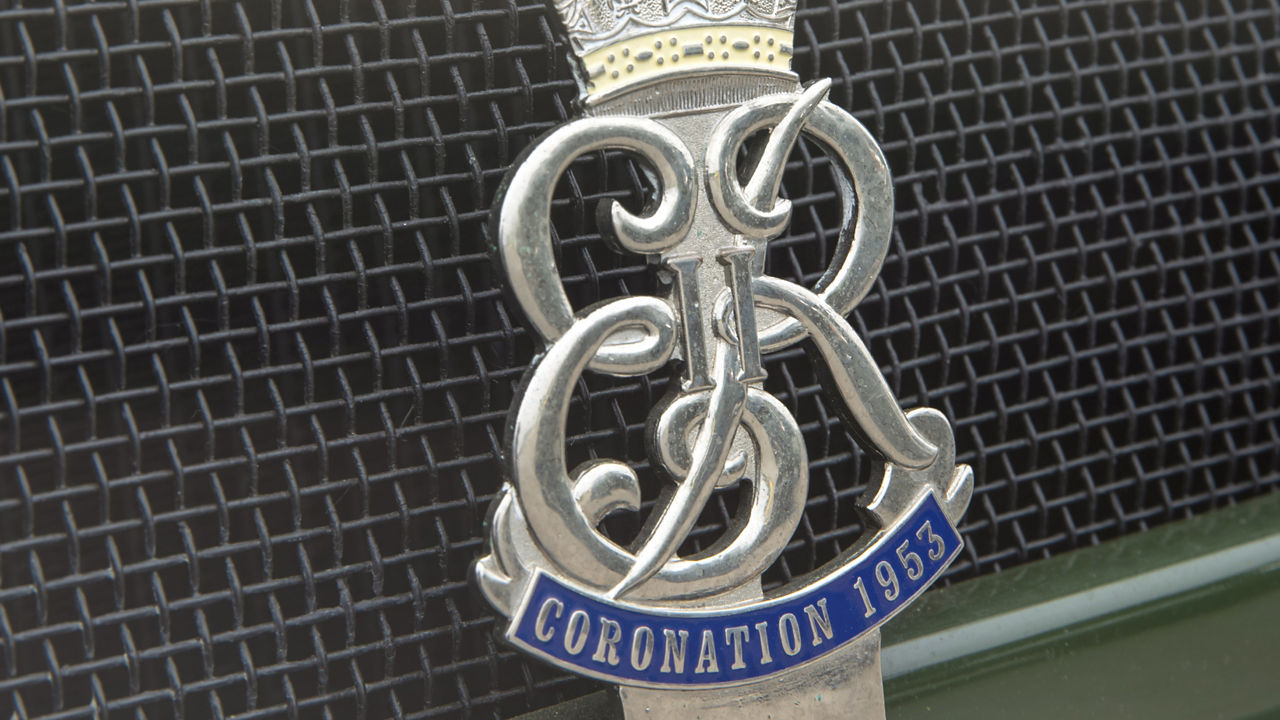
The vehicle would also empower a new kind of adventurer to tackle every terrain on the planet. The now legendary Oxford and Cambridge Far Eastern Expedition made headlines when six university students drove 18,000 miles from London to Singapore in 1955-56.
Similarly inspired, Brits George and Jinx Rodger covered 10,000 miles over seven years in their Station Wagon, chronicling Africa's endangered tribes and wildlife. Canadian biologist Bristol Foster and wildlife artist Robert Bateman took a 40,000-mile trip around the world. There were many more.
Feats like these helped generate a recreational off-roading scene. Entrants in the Camel Trophy – akin to a 4x4 world championship – inspired the creation of the perfect multi-purpose tool for the toughest of expeditions or simply for leisure camping trips.
Defender turned this into a global phenomenon. It remains the keeper of the flame, as the embodiment of adventure, off-roading and humanitarianism.
This was possible because, above all else, it was engineered to be capable. It still is. Every version has gone further, setting standards others struggle to follow.
New, longer wheelbases made the original more useable, allowing the addition of Pick-up and Station Wagon variants. The Station Wagon introduced the famous alpine lights on the sides of the roof, bringing more light into the vehicle and extra visibility for negotiating hairpins on mountain roads.
Engines grew more powerful and efficient, but this was still a primarily functional vehicle. An early optional ‘comfort pack’ included little more than roof and door liners. One feature proved timeless though – you can still order a Defender with durable and washable rubber mats.
In its first decade 70 per cent of production was exported to 150 countries. No vehicle before it had left so many tyre tracks across the world. For countless people all over the world, it was perhaps the first car they ever saw.
Worldwide sales included military versions, inspiring the Defender name that would later be applied to all variants. Many civilian models performed heroics too, serving as breakdown trucks, ambulances and hydraulic platforms.
Defender has even gone rallying, being turned into a fearsome competition machine by the motorsport experts at Bowler.
With its durability beyond doubt, the unique 4x4 became increasingly desirable. The Series II of 1958 brought heightened visual appeal, adding the waistline curve still present on today’s Defender.
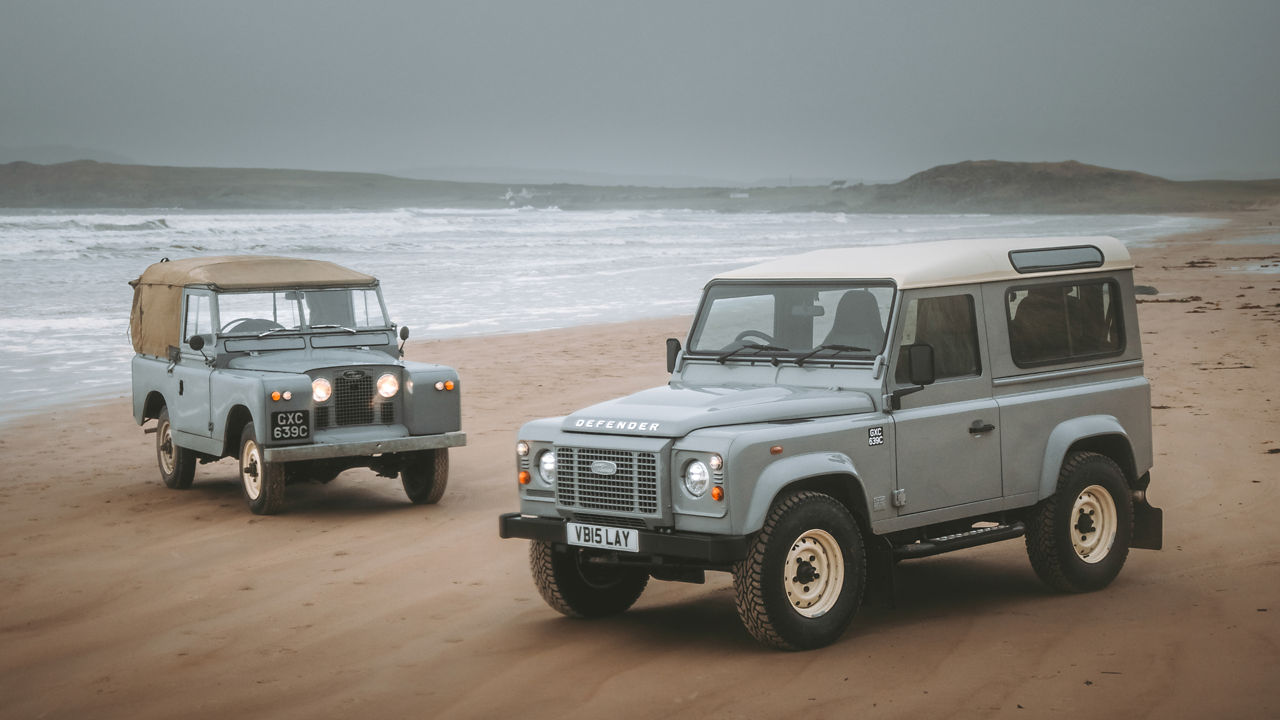
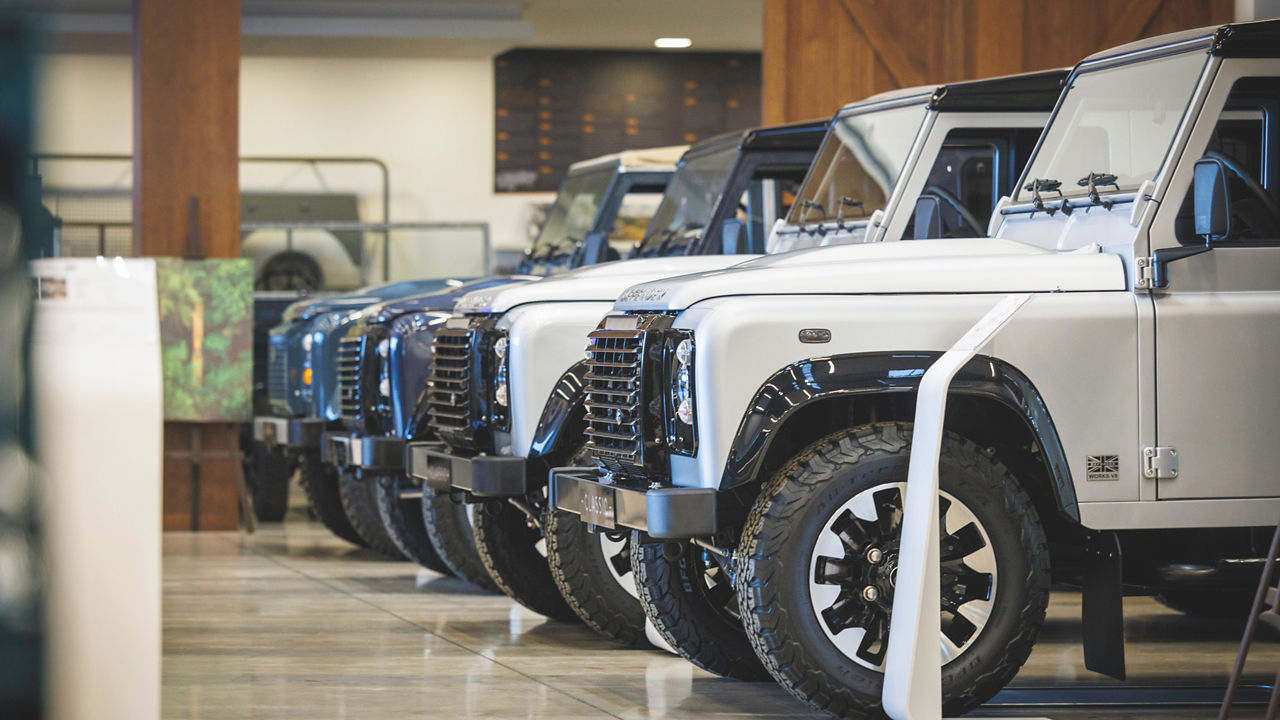
Such appeal took it to the most glamourous places. Throughout the 60s major stars such as Marylin Monroe, Steve McQueen and Paul McCartney were photographed with the Wilks brothers’ all-conquering creation.
Modern comforts started to appear in the 1971-onwards Series III, including a padded dash and an instrument cluster placed behind a new steering wheel. And V8 power became available for those demanding greater performance on the road as well as off it.
The County of 1982 was another sign that this 4x4 was more than a workhorse. Distinguished externally by new colours with decals, it also offered seats trimmed in fabric for the first time.
A year later the Ninety and One Ten versions introduced the front-end design that was to remain until the end of classic Defender production. Turbo diesel power arrived alongside an improved interior. Comfort was also boosted by new coil-spring suspension.
The Defender name was introduced in 1990. It perfectly reflected what customers all over the world felt about this unique vehicle: trusted, dependable, rugged and reliable. It is designed to rove the land.
Today’s Defender continues this bloodline. The reimagined icon is a world-class expert on and off-road. The toughest and most capable Defender ever built, it is unstoppable and instantly recognisable.
Available in 90, 110 and 130 body styles, with up to eight seats, each has a charisma of its own. And Defender Hard Top means business, with 90 and 110 body styles for professional capability.
All were tested in the harshest conditions, from the Arctic to the desert. All have a bodyshell three times stronger than their 4x4 rivals.
Durability and sustainability are both a part of Defender’s vision of modern luxury by design. Defender 110 is available as an electric hybrid.
Reflecting its heroic and charismatic nature, it continues to support humanitarian and conservation work with the International Federation of Red Cross and Red Crescent Societies and the Tusk Trust.
It has been immortalised in Lego, inspiring a new generation all over the world to become modern-day heroes. It’s a film star too.
James Bond fans will have seen the Defender 110 SVX Double Cabs in SPECTRE, built to chase 007 down an Alpine mountain. But it was today’s Defender that faced the toughest test. Stunt drivers pushed a fleet of 110s to the limit in extreme off-road conditions in No Time To Die, the 25th Bond adventure, to create a spectacular car chase sequence.
It was a fitting role for a vehicle that’s now a brand in its own right. Defender has an electric vision in its near future, but remains what it has been since 1948 – a beacon of liberty.
ADVENTURE, UNFILTERED
Get the latest Defender news, updates and behind-the-scenes stories direct to your inbox.
MORE DEFENDER STORIES

